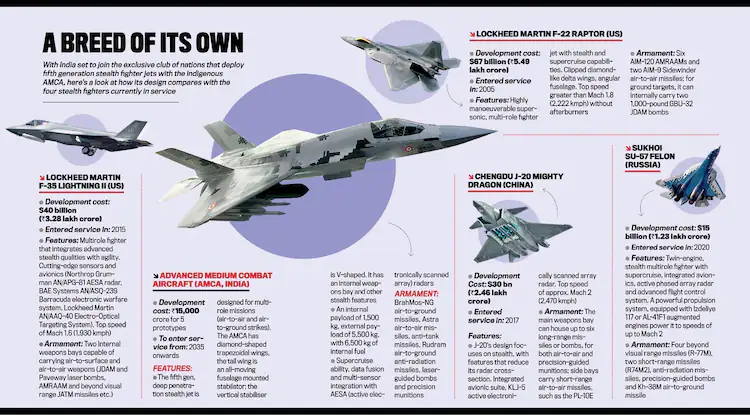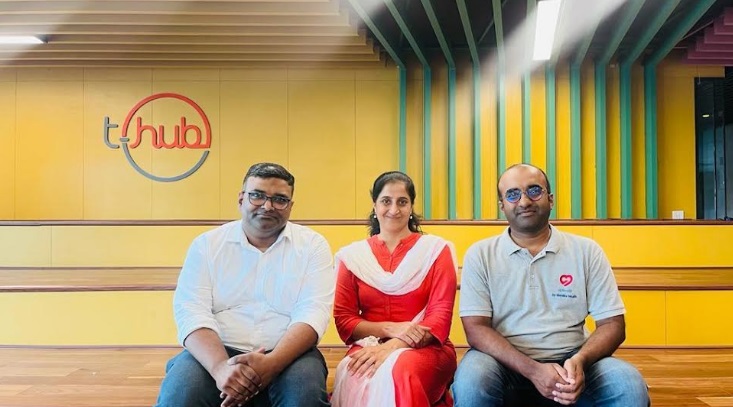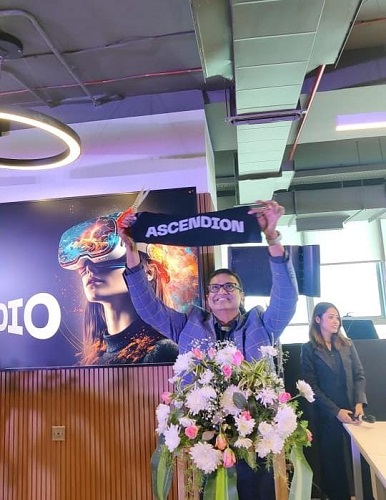Discover the CDS Exam, which becomes an opening to membership in the Indian Military. Crucial information to launch your defence profession.
What is CDS Exam?
- It is written test conducted by UPSC two times every year for entries into these academies. CDS written exam has three different tests namely English, General Knowledge and Mathematics.
- Notification Month of this Exam: March (CDS II) and August (CDS I)
- Examination Conducted in the months of February (CDS I) and August (CDS II).
Also Read CDS 2 2024: Application (Out), Notification, Eligibility, Pattern, Syllabus & More
Age Limit for CDS Examination
- 19-24 Years of age for Indian Military Academy
- 19-22 Years of age for Naval Academy
- 19-23 Years of age for Air Force Academy
- 19-25 Years of age for Officers’ Training Academy
Educational Qualification for CDS Examination
- Degree of a recognized University or equivalent for IMA and OTA
- B.Sc. with Physics & Mathematics or Bachelor of Engg. for Naval Academy
- B.Sc. with Physics and/or Mathematics or Bachelor of Engg. for Air Force Academy
The Indian Military Academy (IMA)
- An officer-training academy of the Indian Army in Dehradun, Uttarakhand.
- It was established in 1932 following a recommendation by a military committee set up under the chairmanship of Field Marshal Philip Chetwode.
- Cadets undergo a training course varying between 3 and 16 months depending on entry criteria.
- Colours of IMA: Blood Red and Steel Grey.
- Motto of IMA: “Veerta aur Vivek” “वीरता और विवेक”
- Mission of IMA: To train future military leaders of the Indian Army, goes hand in hand with the character building enshrined in the IMA honour code, warrior code and motto.
- Cadets take part in a variety of sports, adventure activities, physical training, drills, weapons training, and leadership development activities.
The Indian Naval Academy (INA)
- Initial Officer Training Academy of Indian Navy
- Location: Ezhimala, Kannur, Kerala
- INA conducts basic training for all officers inducted into the Indian Navy and Indian Coast Guard.
- INA is the largest Naval Academy in Asia.
- Inaugurated on 8th January 2009
- Motto in Sanskrit: “Vidyayaa Amrutam Ashnute” “विद्ययाऽमृतमश्नुते“
Mission of INA: To develop the trainees morally, mentally, physically and to imbibe in them the high ideals of loyalty, valour and patriotism in order to provide the service with officers who are dedicated to a career of Naval Service and have potential for future development to assume the highest responsibility of leadership.
The Air Force Academy (AFA)
- Located in Medchal-Malkajgiri district 43 km from Hyderabad, in Telangana.
- It imparts training to the flying, technical and ground duty branches of IAF as well as officers of the Indian Navy & the Indian Coast Guard.
- Period of training: 1 year.
- Women cadets are being inducted since June 1993.
- Motto: “Shram se Siddhi” “श्रम से सिद्धि”
- Mission of AFA: To inspire and transform outstanding young men and women into courageous, dynamic, intellectual and cultured young Air Warriors; motivated to lead one of the leading aerospace forces of the world in service to the nation.
- The training at the Air Force Academy is designed to inculcate moral values, leadership qualities, sense of honour and duty, mental and physical prowess, a spirit of adventure and the will to win, in the Flight Cadets.
Also Read NDA Exam Date 2024 Out: UPSC NDA 2 Exam Schedule.
The Officers’ Training Academy (OTA)
- Training establishment of the Indian Army that train officers for the Short Service Commission (SSC).
- Course duration: 49 weeks course
- OTA prepares graduates for all branches of the Army, except for the Army Medical Corps (AMC).
- Motto of OTA: “Serve With Honour”
- The SSC Short Service commission officer’s tenure is 10+4 years (i.e. a compulsory 10 years of service and 4 years as extension).
- After the completion of this tenure the officers can either opt for a Permanent commission (which will be given only based upon the performance seen by confidential reports, etc.) or can opt out of the Indian Army.
- The ex NDA and CTW officers have a slight edge over their SSC counterparts in courses owing to the fact that they have trained three years more than the SSC entries.
- You can convert from a short service commission to a permanent commission, however the vice versa is not possible.









